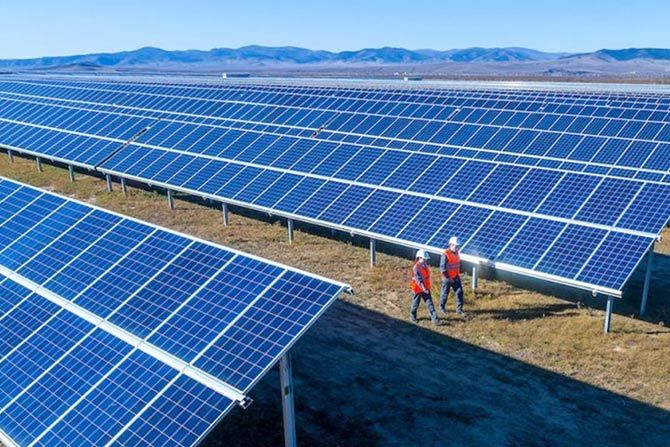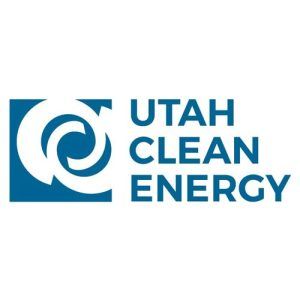Architects play a critical role in the transition to clean energy. Building decarbonization is more than a buzzword — it’s an essential step to a cleaner and more sustainable built environment. When talking about building decarbonization, the electrification of our homes and buildings is a fundamental part of the solution, and many designers and building owners wonder how all-electric buildings will impact our climate in a state with a long history of fossil fuel electricity generation.
What combination of renewable energy, storage, coal or gas will power our homes and buildings in the coming decade? The answer to that question arrived when PacifiCorp (Rocky Mountain Power’s parent company) recently published a several-hundred-page report called the Integrated Resource Plan (IRP).
The 2023 plan shows a dramatic shift by Utah’s largest electric utility toward an electricity grid powered predominantly by renewable energy, storage and energy efficiency. This is a significant and necessary step closer to the zero-carbon future for Utah.
The IRP is a 20-year forecast for how PacifiCorp envisions meeting both Utah’s growing energy demand, and all the electricity needs for its customers across the six states it serves. Together, Volumes I and II of the 2023 IRP currently weigh in at a staggering 766 pages of figures, data and analysis.
Enough new renewable energy to power the equivalent of six million homes!
By 2032 the IRP Calls For:
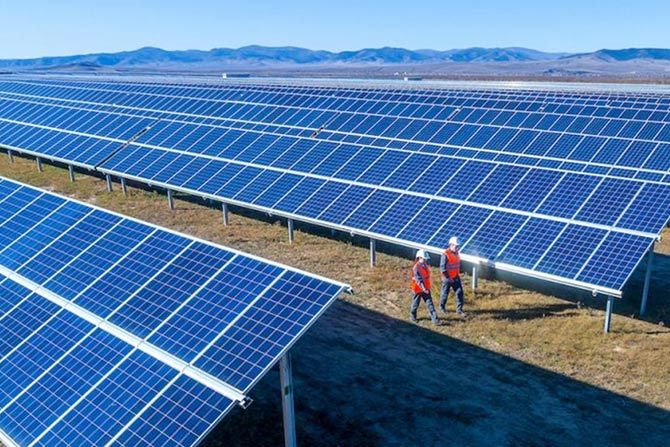
More than 7,800 megawatts of new solar energy

More than 7,200 megawatts of new wind energy
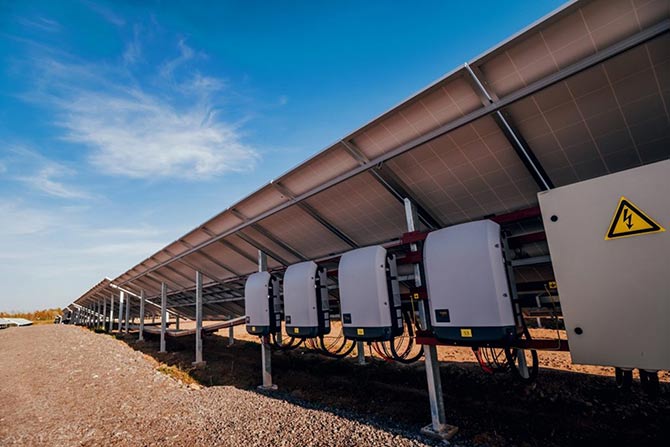
7,560 megawatts of proxy lithium ion battery storage and 35 megawatts of pumped hydro storage
By 2042 the IRP Calls for a Total Of:
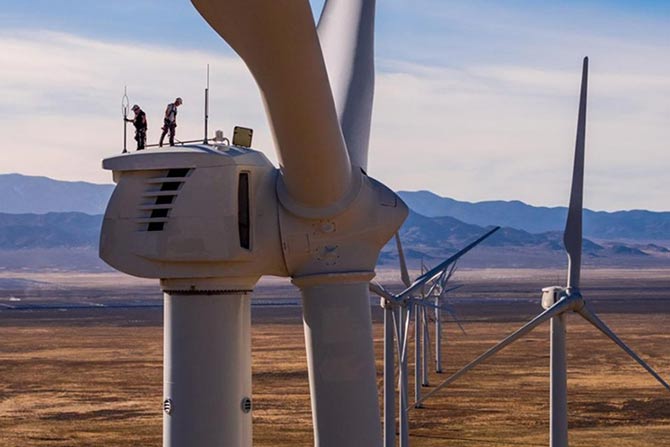
9,111 megawatts of new wind energy
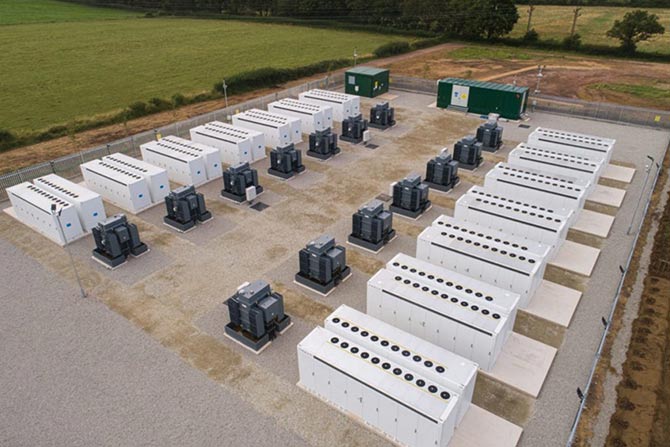
8,095 megawatts of new energy storage
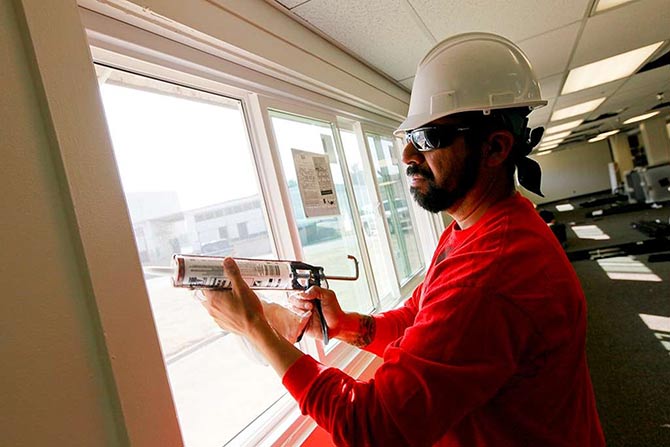
4,953 megawatts of energy saved through energy efficiency; and, 929 megawatts of energy saved through direct-load control programs
A System-Wide Reduction in Emissions
The addition of new renewable energy, storage and energy efficiency means that by 2034, gas will only make up 11% of PacifiCorp’s energy mix, and coal will no longer play a role at all. As a result, CO2 emissions from electricity are projected to fall by about 90% from 2005 levels by 2033.
Solar and Wind More Than Quadruple, Coupled With Unprecedented New Storage
Out of the six states PacifiCorp operates from, Utah has the best solar resources, so it isn’t surprising that solar power represents the biggest slice of growth. That means Utah could see a lot of new solar projects in addition to new wind farms. In turn, Utah would also see a significant increase in storage capacity as the utility plans to co-locate batteries with solar generation.
In addition to utility-scale renewables, we will also see a surge in rooftop solar paired with batteries. These energy resources will increase grid flexibility and reliability, especially during natural disasters.
Investments in Energy Efficiency Play an Important Role in Our Energy Mix
Also, in the preliminary 2023 IRP is a significant amount of planned energy savings. Over 5,000 megawatts worth of energy efficiency and “demand response” programs (e.g., the Rocky Mountain Power Cool Keeper program). But given all the new incentives through the Inflation Reduction Act and the rise in electrification of our vehicles, homes and buildings, the potential for energy savings and controllable loads is much greater than the IRP suggests. Our initial analysis shows that the first five years save less energy each year than what the company has achieved in recent years. Between now and 2032, the median level of energy efficiency predicted in Utah represents less than 1% of Rocky Mountain Power’s electricity load. Energy efficiency is the cheapest, most readily available resource out there, so it is a critical resource to fully utilize.
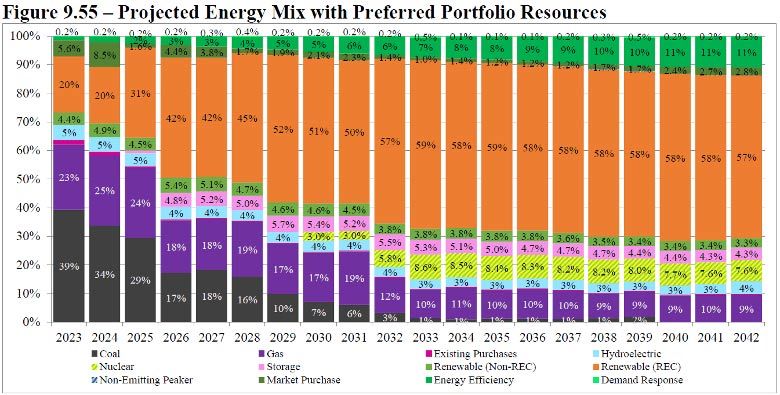
The Retirement of Coal Plants in Emery County
News that Rocky Mountain Power intends to retire the Huntington and Hunter coal-fired power plants in Emery County has already made headlines in Utah. In the 2023 IRP, PacifiCorp projects that they will retire both plants by 2032. While this is noteworthy, it is important to know that the utility was already planning to reduce the operation of both Utah coal plants prior to the publication of the 2023 IRP. The economics of renewable sources have improved to the point that the coal plants will now retire about a decade earlier than previously planned. We look forward to working with the utility and leaders in Emery and Carbon County to identify resources and opportunities to help with this transition, including new grants and tax credits available to coal communities as a result of the Bipartisan Infrastructure Law and the Inflation Reduction Act.
PacifiCorp Proposes Nuclear for Utah’s future
The plan includes building two next-generation nuclear reactors in Utah by 2032, which are planned for the sites of the retiring Huntington and Hunter coal plants. There are, however, many unanswered questions about the nuclear plans, particularly about whether the new reactor designs can be built on time and on budget. If there are cost increases or delays, there are several emerging technologies for clean, dispatchable energy that could be utilized in place of our legacy fossil fuel resources, such as advanced geothermal, clean hydrogen, new battery technologies and natural gas with carbon capture. All of these emerging technologies will need close examination to ensure that whatever is built in place of the legacy coal plants can be deployed on time, ensures a reliable energy system, is economically viable, minimizes environmental impacts and supports our rural and frontline communities. Those are ambitious priorities, but it’s what must be done to ensure a just, vibrant and secure energy future in Utah.
Next Steps
For Utah architects, the direction we’re heading is clear, and we’re in the climate solution deployment decade, where we will see a 90% reduction in greenhouse gas emissions from electricity generation across much of the Beehive State. Constructing all-electric homes and buildings that take advantage of our abundant clean electricity is a key strategy to reduce emissions. Fortunately, critical technologies for electrification and energy efficiency are not only part of Rocky Mountain Power’s 20-year plan; the technologies are also widely available and will be bolstered by new federal incentives created by the Inflation Reduction Act. We are in the beginning phase of a rapid shift toward all-electric, clean, and energy-efficient buildings, and architects play a vital role by recommending and specifying efficient all-electric technologies.



